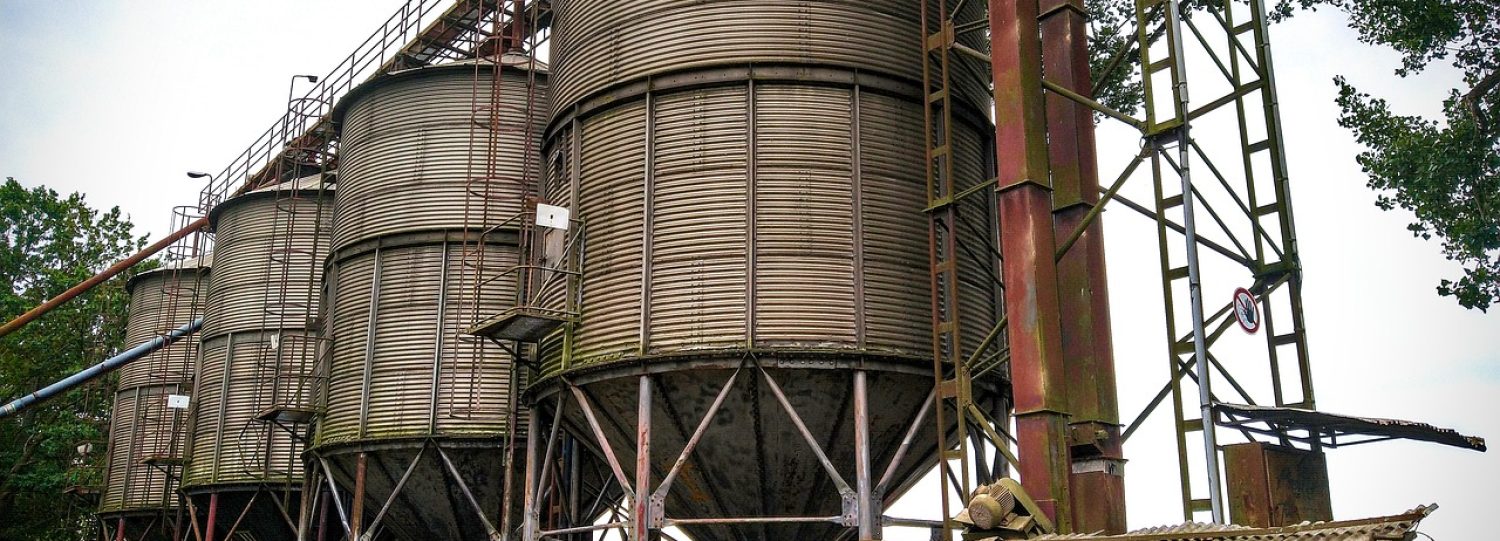
Fish Feed : Sinking !
Sinking fish feed is designed to reach fish at different depths of the water column, ensuring that all fish in the pond or tank receive the nutrition they need. Fish species have varied feeding habits, with some preferring to stay near the surface while others dwell in deeper waters. Sinking feed caters to both. Unlike floating feed, which can be easily carried away by currents or wind, sinking feed stays where it’s placed. This reduces waste and minimizes the risk of overfeeding, which can lead to water pollution and stressed fish. In mixed-species environments, sinking fish feed can help reduce competition during feeding times. Surface-feeding fish species won’t snatch up all the food, allowing bottom-dwellers to get their share without interference. Sinking feed contributes to better water quality management. Since it doesn’t accumulate on the surface, it’s less likely to lead to oxygen depletion or algal blooms, which can harm aquatic ecosystems.
Types of Sinking Fish Feed
Pelleted Feed : These are compact, sinking pellets that provide balanced nutrition. They are suitable for a wide range of fish species and are easy to store and handle.
Crumble Feed : Crumbles are smaller in size and often used for smaller fish or fish fry. They sink quickly and are an excellent choice for providing essential nutrients to developing fish.
Sinking Granules : Granules are tiny, dense particles that sink rapidly. They are perfect for bottom-feeding fish and can be used in automated feeders.
Stick or Tablet Feed : These cylindrical or tablet-shaped feeds are designed to sink slowly. They are ideal for species that graze along the bottom, allowing for more extended feeding times.
Tips for Using Sinking Fish Feed
Match Feed Size to Fish Size : Ensure that the feed size is appropriate for the fish you are feeding to prevent choking or inefficient consumption.
Avoid Overfeeding : Sinking feed can be less visible than floating feed, making it easier to overfeed. Monitor your fish’s behavior and adjust feeding quantities accordingly.
Storage Matters : Store sinking fish feed in a cool, dry place to maintain its nutritional value and prevent spoilage.
Check Ingredients : Always read the label to ensure that the feed contains the necessary nutrients for your fish species.
